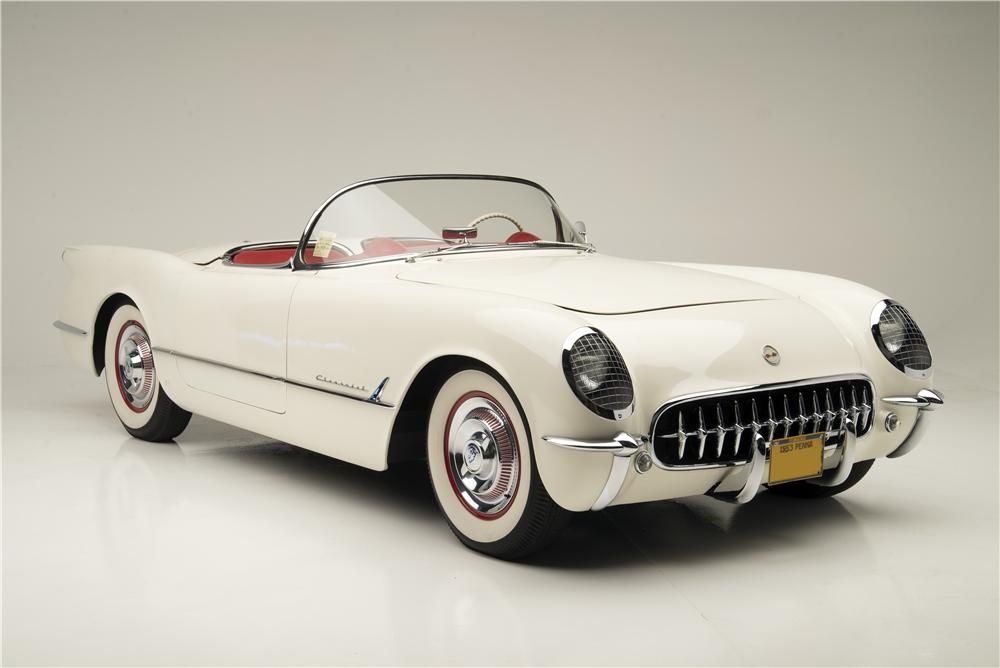Corvette’s use of advanced materials began in 1953 when the first Corvettes were produced with all-fiberglass bodies. In fact, Chevrolet’s

original 1953 Corvette was the first »mass-produced» automobile to use fiberglass-reinforced plastic parts. Every Corvette since has featured a composite-material body.
Fiberglass was first considered for use on a GM vehicle by legendary designer Harley Earl. Besides being an exotic choice for the early Fifties and having an undeniable weight advantage, fiberglass offered an economical way to create the low-volume Corvette without the expense of large sheet metal stamping dies.
Starting with the third generation in 1968, the body parts were manufactured with a press mold process. It was a significant advancement in forming technology and laid the groundwork for a change in the body panels’ material in 1973. That year, the composition changed from conventional fiberglass to sheet-molded composite, or SMC, which was composed of fiberglass, resin, and a catalyst formed under high heat and pressure. The new material helped produce panels that were smoother right out of the mold, resulting in higher-quality paint finishes.

